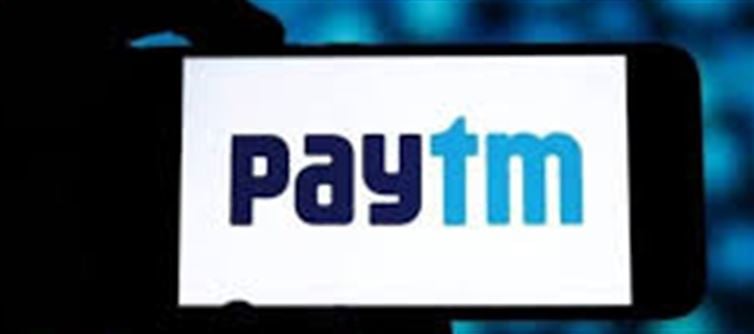
Paytm, India’s leading digital payments platform, has launched Paytm Postpaid — a new credit service that allows users to buy now and pay later. Partnered with Suryoday Small Finance bank (SSFB), this service offers up to 30 days of interest-free credit, making everyday shopping and online purchases more convenient.
🛒 1. What is paytm Postpaid?
Paytm Postpaid is a digital credit facility integrated into the paytm app. Users can make purchases instantly without using a debit or credit card and settle the payment within 30 days without any interest.
💰 2. Interest-Free Credit for 30 Days
One of the biggest advantages of paytm Postpaid is the interest-free period:
- Shop or pay bills today
- Pay the full amount within 30 days
- Avoid any extra interest or charges if paid on time
This helps users manage cash flow better, especially during festivals or unexpected expenses.
📲 3. How to Activate paytm Postpaid
Activation is simple:
Open the Paytm app
Go to Postpaid under the paytm wallet section
Complete KYC and eligibility verification
Start shopping with your Paytm Postpaid credit limit
🛍️ 4. Where Can You Use It?
Paytm Postpaid can be used for:
- Online shopping on paytm Mall and partner platforms
- Paying utility bills like electricity, water, and mobile recharge
- In-store payments at outlets accepting paytm QR
This flexibility makes it a convenient alternative to traditional credit cards.
🧾 5. Credit Limit and Eligibility
- Initial credit limit varies based on user profile, transaction history, and KYC
- Limits can increase over time with responsible usage
- Users must be 18+ and verified with KYC to access the service
⚡ 6. Benefits of Using paytm Postpaid
- Avoid carrying cash or cards
- Quick and seamless checkout
- Track spending and repayment through the app
- Build a credit history with responsible usage
💡 7. Important Tip
Paytm Postpaid is interest-free only if payments are made within 30 days. Late payments may incur penalty fees or interest, so set reminders to avoid extra charges.
Disclaimer:
The views and opinions expressed in this article are those of the author and do not necessarily reflect the official policy or position of any agency, organization, employer, or company. All information provided is for general informational purposes only. While every effort has been made to ensure accuracy, we make no representations or warranties of any kind, express or implied, about the completeness, reliability, or suitability of the information contained herein. Readers are advised to verify facts and seek professional advice where necessary. Any reliance placed on such information is strictly at the reader’s own risk..jpg)




 click and follow Indiaherald WhatsApp channel
click and follow Indiaherald WhatsApp channel